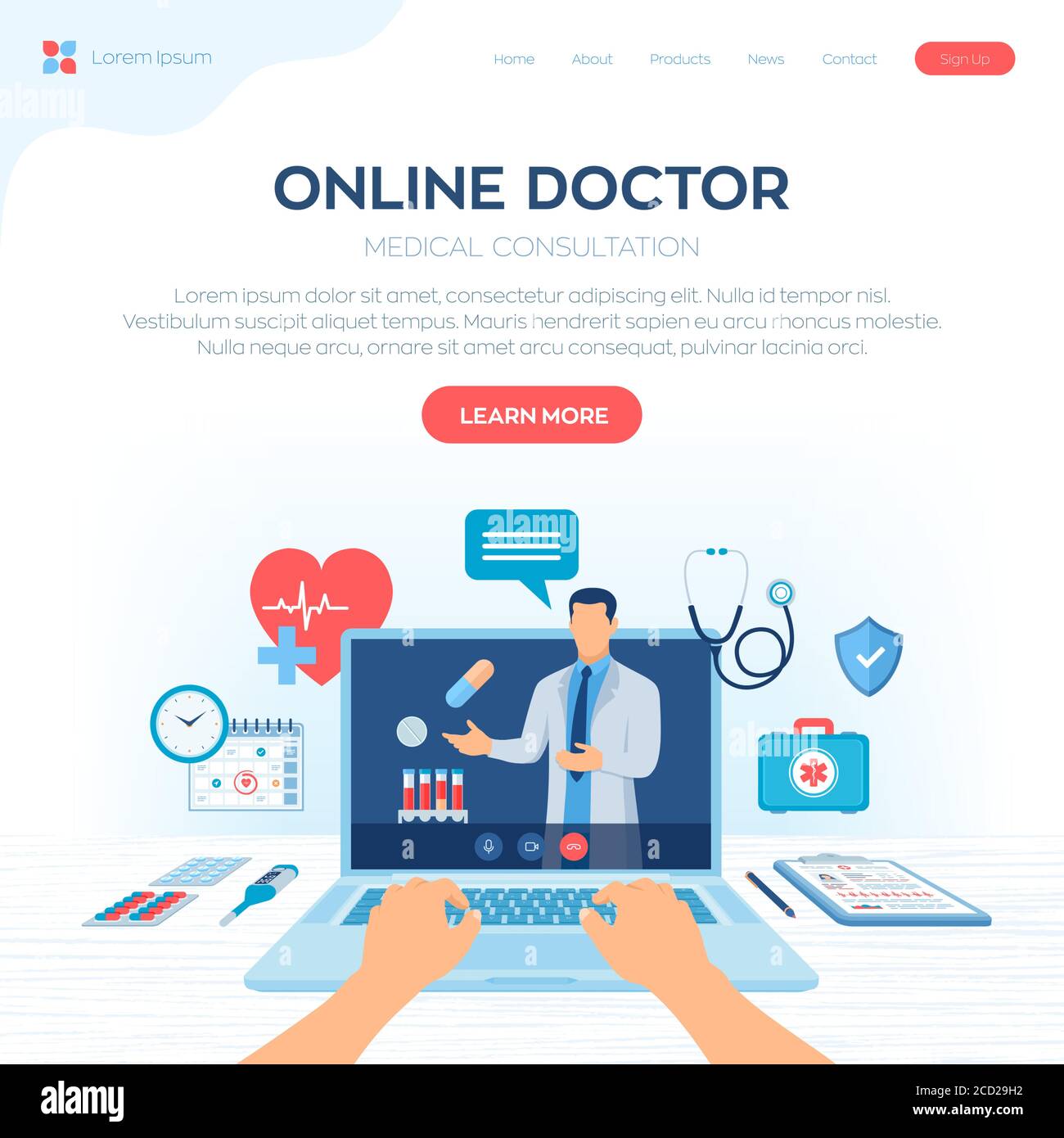How Subscription-Based Healthcare Is Revolutionizing the Medical Sector

The Increase of Membership Healthcare
In recent times, the healthcare industry has witnessed a substantial change in the direction of subscription-based designs, reflecting broader customer patterns preferring ease and predictability. This transformation is driven by the raising need for more tailored and easily accessible care solutions. Membership health care, often described as concierge medication or direct medical care, uses individuals a fixed monthly cost for a range of medical solutions, dramatically modifying conventional fee-for-service models.
The rise of membership health care is facilitated by advancements in innovation, which allow structured communication between carriers and individuals - subscription based healthcare. Digital systems and telehealth services have actually come to be integral, using people the capability to arrange appointments, accessibility medical records, and obtain assessments online. This technical assimilation not only improves patient engagement however also permits service providers to deliver much more effective care
Furthermore, the subscription model lines up with the evolving assumptions of clients who seek more control over their medical care expenses and experiences. While this version is getting traction, its spreading deals with obstacles such as regulatory hurdles and the need for more comprehensive acceptance within the traditional medical care community.
Benefits for Providers and patients
Subscription-based healthcare provides a plethora of advantages for both suppliers and individuals, improving the dynamics of medical care. For people, this version offers improved accessibility to medical care solutions.
For medical care suppliers, subscription-based designs cultivate a more satisfying and sustainable method. By safeguarding a stable revenue stream, companies can concentrate on supplying high-grade care without the stress of volume-based solution. This version motivates longer client appointments, fostering stronger patient-provider connections and boosting health and wellness results. Furthermore, it offers suppliers the flexibility to introduce and integrate preventive and holistic treatment practices. Management tasks are typically streamlined, reducing above costs and enabling service providers to dedicate even more time to individual communication. On the whole, subscription-based healthcare aligns the rewards of clients and companies, advertising a much more efficient and patient-centered healthcare shipment system.
Trick Functions of the Version
Frequently, the key features of the subscription-based health care version emphasize its distinctive technique to supplying medical services. Central to this version is the concept of predictable, regular monthly settlements, offering clients a thorough variety of services without the unpredictability of traditional fee-for-service frameworks. This model usually consists of endless access to health care solutions, preventative care, and regular check-ups, making certain that clients can involve with their doctor proactively instead of reactively.
Additionally, straight communication networks, such as telemedicine and messaging platforms, are emphasized, enabling clients to get prompt guidance and examinations without needing in-person consultations. This enhances accessibility and convenience, particularly for people with wheelchair restraints or those staying in remote areas. The model likewise fosters stronger doctor-patient connections, as healthcare carriers are incentivized to concentrate on long-term wellness end results as opposed to short-term visits.
In you can try these out addition, subscription-based healthcare commonly incorporates technological advancements, such as electronic health and wellness documents and wellness surveillance applications, to give reliable and individualized treatment. People gain from coordinated and continual care monitoring, which is tailored to their particular health and wellness requirements. Ultimately, these attributes jointly produce a patient-centered healthcare experience, focusing on ease of access, expense openness, and preventative care.

Considerations and difficulties
While the subscription-based healthcare version supplies various benefits, it is not without its obstacles and factors to consider. Membership models might inadvertently favor those with greater socioeconomic condition, possibly broadening variations in health care gain access to for lower-income individuals that might battle with regular monthly costs.
One more challenge exists in governing compliance. Subscription-based medical care must navigate a complex internet of regulations that vary by region, consisting of problems around client confidentiality, information protection, and state licensing demands. Making certain conformity without restraining the model's adaptability and advancement can be intimidating for companies.
Furthermore, there is the threat of overutilization or underutilization of solutions. Clients paying a taken care of cost could overuse services, leading to raised functional costs, while others might underutilize because of fear of burdening the system, potentially disregarding essential care.
Future Prospects and Innovations
The landscape of subscription-based health care is poised for change through emerging technologies and developing potential customers. As modern technology remains to advance, the integration of expert system and artificial intelligence presents substantial chances to boost diagnostic precision and improve individual management. Predictive analytics can transform preventive care by determining potential health and wellness dangers before they manifest, consequently reducing both prices and the problem on medical care systems.
Moreover, telemedicine is readied to expand within registration designs, offering clients enhanced access to healthcare professionals despite geographical restraints. This not just helps with connection of treatment however additionally empowers individuals to involve more proactively in their wellness administration. Furthermore, blockchain technology offers potential in safeguarding individual information and making sure interoperability across systems, fostering depend on and openness.
Partnerships in between technology companies and healthcare suppliers are likely to generate ingenious remedies, boosting person check this site out experiences and outcomes. As these leads emerge, subscription-based health care has the prospective to redefine how care is supplied and accessed.
Final Thought
Subscription-based health care is transforming the clinical sector by supplying an extra available, predictable, and patient-centered approach to medical services. Regardless of obstacles such as regulative difficulties and potential variations in gain access to, the membership version holds assurance for a much more efficient and personalized medical care experience.
Registration healthcare, sometimes referred to as concierge medication or direct main treatment, uses clients a why not look here set monthly cost for a range of medical services, significantly changing traditional fee-for-service versions.
Furthermore, the membership design straightens with the advancing assumptions of patients who seek more control over their health care costs and experiences. For clients, this design supplies boosted accessibility to medical care solutions. Overall, subscription-based healthcare lines up the incentives of service providers and people, promoting a more patient-centered and effective medical care delivery system.
Furthermore, telemedicine is set to expand within registration versions, offering individuals raised accessibility to healthcare experts no matter of geographical restrictions. - subscription based healthcare